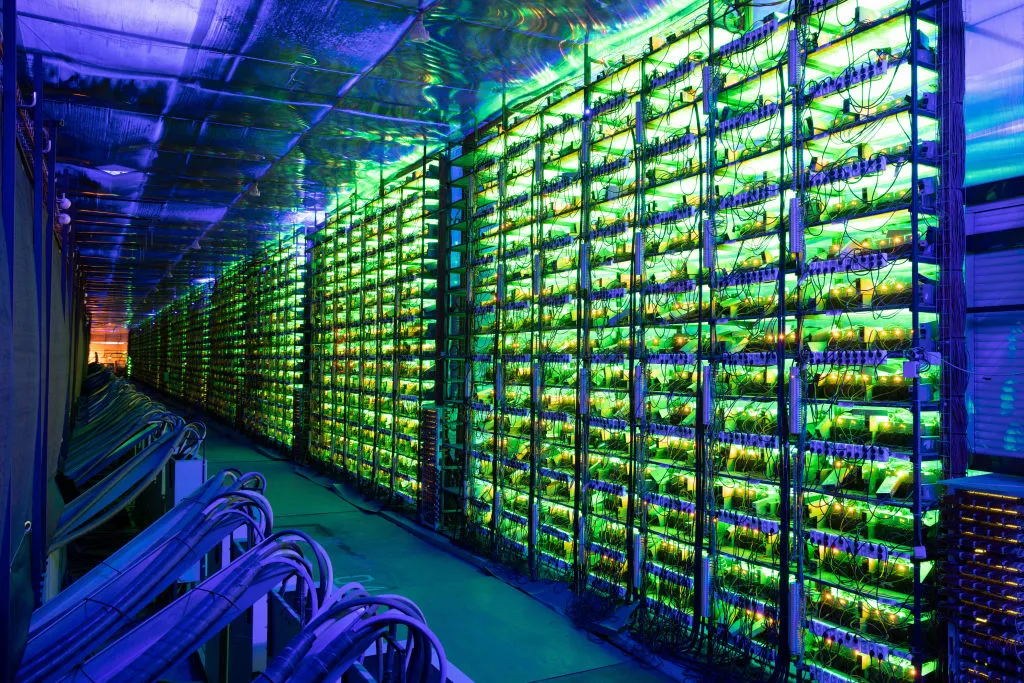Cryptocurrency mining, the engine behind blockchain networks, is often shrouded in mystery. In this article, we’ll embark on a journey to unravel the fundamental mechanics of mining. We’ll explore how miners validate transactions and maintain the integrity of blockchain networks.
The Genesis of Mining
Mining is the process through which new cryptocurrency coins or tokens are created, and transactions are confirmed on a blockchain. It’s a crucial part of decentralized systems like Bitcoin, where no central authority oversees transactions.
Building Blocks of Cryptocurrency
At the heart of cryptocurrency mining is the blockchain ledger. It’s a public, distributed ledger that records all transactions across the network. Transactions are grouped into blocks, which, when verified, are added to the blockchain.
The Mining Objective
Miners play a pivotal role in confirming transactions. When someone initiates a crypto transaction, it goes into a pool of unverified transactions. Miners select transactions from this pool and work to validate them.
A Competitive Validation Process
Mining is not an easy task. Miners compete to solve complex mathematical puzzles. This process, known as Proof of Work (PoW), requires significant computational power.
Mining Hardware
Miners use specialized hardware, such as ASICs (Application-Specific Integrated Circuits) or GPUs (Graphics Processing Units), to complete PoW puzzles. These machines are capable of immense computational power.
The Mining Process
- Transaction Selection: Miners choose a set of transactions from the pool that will be included in the next block.
- Solving the Puzzle: Miners compete to solve a PoW puzzle. The first one to solve it gets to add their block of transactions to the blockchain.
- Validation: Once the PoW puzzle is solved, the proposed block is validated by other nodes on the network.
- Block Addition: If the block is approved, it’s added to the blockchain, and the miner is rewarded with cryptocurrency coins or tokens.
Mining Rewards
Miners are incentivized with rewards for their efforts. They receive newly minted cryptocurrency coins and transaction fees from users. This financial incentive motivates miners to continue validating transactions and maintaining the network’s security.
Conclusion
Cryptocurrency mining, driven by the concept of Proof of Work, is the backbone of many blockchain networks. It ensures the security and immutability of blockchain ledgers by confirming transactions through a competitive process. As you’ve uncovered the fundamental mechanics of mining, you now have a clearer understanding of how miners validate transactions and uphold the integrity of the blockchain. The intricate world of mining continues to be a driving force behind the cryptocurrency revolution.


